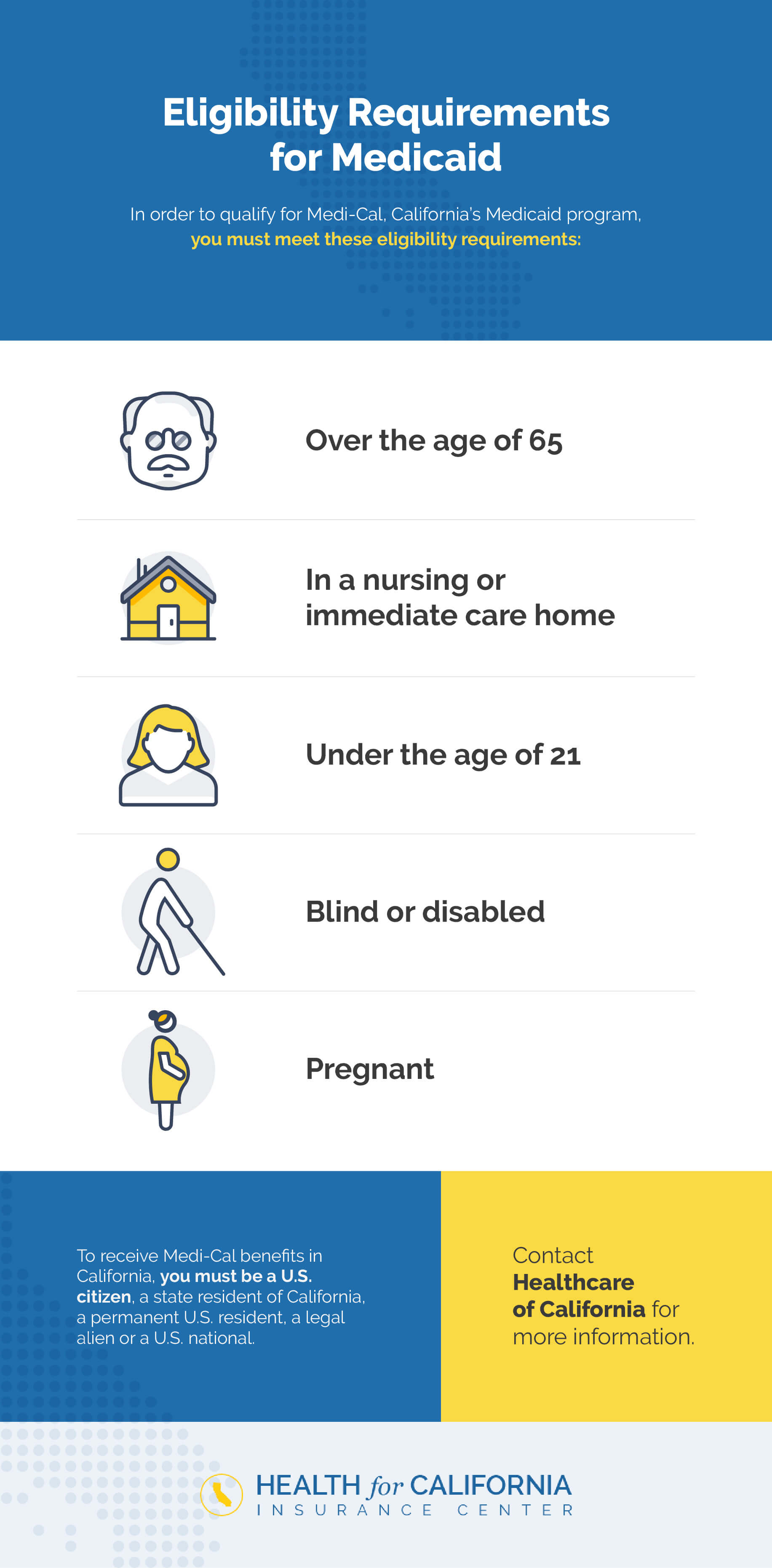See This Report on Medicare Advantage Agent
See This Report on Medicare Advantage Agent
Blog Article
Medicare Advantage Agent - Truths
Table of ContentsMedicare Advantage Agent - An OverviewAll About Medicare Advantage AgentThe Only Guide for Medicare Advantage Agent

adheres to from puzzling the relatively young age account of the uninsured with the far better health and wellness, usually, of more youthful persons. This covers the link in between health standing and medical insurance. For those without accessibility to work environment medical insurance, poor wellness is a potential obstacle to purchasing nongroup insurance coverage because such protection might be extremely valued, exclude preexisting problems, or be simply not available. The number of without insurance Americans is not particularly big and has actually not altered in current years. Seven out of 10 participants in a nationally depictive study assumed that fewer Americans did not have wellness insurance policy than in fact do(Fronstin, 1998). Roughly fifty percent(47 percent )thought that the number of people without health and wellness insurance policy decreased or stayed continuous over the last fifty percent of the last years(Blendon et al., 1999). This drop of nearly 2 million in the variety of individuals 'without insurance (a reduction
of about 4 percent)is definitely a favorable modification. With a softer economic situation in 2000 the most recent reported gains in insurance protection might not continue(Fronstin, 2001 ). The decline in the number of uninsured will not proceed if the economy remains slow and health and wellness treatment prices proceed to outpace inflation. This is because the data were gathered for a period of strong economic performance. Of the approximated 42 million individuals that were without insurance, just about concerning 420,000(concerning 1 percent)were under 65 years old, the age at which most Americans come to be qualified for Medicare; 32 million were grownups between ages 18 and 65, about 19 percent of all adults in this age group; and 10 million were youngsters under 18 years old, regarding 13.9 percent of all kids (Mills, 2000). These quotes of the number of persons uninsured are produced from the yearly March Supplement to the Present Populace Survey (CPS), carried out by the Census Bureau. Unless otherwise noted, nationwide estimates of individuals without health and wellness insurance coverage and proportions of the population with various sort of insurance coverage are based on the CPS, the most extensively made use of source of estimates of insurance policy protection and uninsurance rates. These studies and the price quotes they generate are described briefly in Table B. 1 in Appendix B - Medicare Advantage Agent. These studies differ in size and tasting techniques, the questions that are asked about insurance policy
The smart Trick of Medicare Advantage Agent That Nobody is Talking About
coverage, and the time duration over which insurance coverage or uninsurance is gauged(Lewis et al., 1998, Fronstin, 2000a ). Still, the CPS is particularly valuable because it generates annual quotes reasonably rapidly, reporting the previous year's insurance policy protection estimates each September, and since it is the basis for a regular set of quotes for even more than two decades, enabling evaluation of fads in protection over time.

More About Medicare Advantage Agent
Over a three-year duration beginning early in 1993, 72 million individuals, 29 percent of the U.S. populace, were without insurance coverage for at least one month. Within a solitary year(1994), 53 million people experienced at the very least a month without insurance coverage(Bennefield, 1998a). Six out of every 10 without insurance adults are themselves employed. Working does enhance the likelihood that one and one's household participants will have insurance policy, it is not a guarantee. Also members of households with two full-time breadwinner have practically a one-in-ten opportunity of being uninsured (9.1 percent uninsured price)(Hoffman and Pohl, 2000 ). The relationship between medical insurance and access to care is well established, as recorded later on in this phase. Although the relationship in between medical insurance and health and wellness end results is neither direct nor straightforward, a substantial clinical and health services research study literary works web links health insurance protection
to better accessibility to care, far better quality, and enhanced personal and population health and wellness condition. The second record, on individual health and wellness results for without insurance adults, is represented by the inner circle of the number, while the third report, on family members health, includes the topics of the 2nd record however emphasizes a various system of analysis, particularly, the family. The 6th report in the series will certainly provide information concerning approaches and efforts carried out locally, statewide, or across the country to attend to the lack of insurance policy and its negative impacts. Degrees of analysis for examining the impacts of uninsurance. This discussion of wellness insurance protection focuses primarily on the united state population under age 65 due to the fact that practically all Americans 65 and older have Medicare or various other public protection.
In addition, it focuses especially on those with no health and wellness insurance policy for any kind of size of time. The issues dealt with by the underinsured remain in some aspects similar to those dealt with by the uninsured, although they are typically less severe. Uninsurance and underinsurance, however, involve distinctly different plan concerns, and the approaches for resolving them might differ. Throughout this research study and the five reports to adhere to, the primary emphasis is on persons with no medical insurance and thus no aid in paying for health treatment past what is available with charity and safeguard institutions. Health insurance is an effective variable impacting receipt of treatment since both clients and doctors reply to the out-of-pocket rate of solutions. Health and wellness insurance, nonetheless, is neither essential nor sufficient to access to medical solutions. The independent and direct result of health and wellness
insurance insurance policy on access accessibility health health and wellness solutions well established. Others will certainly obtain the wellness care they require also without medical insurance, by paying for it expense or seeking it from companies that provide treatment totally free navigate here or at very subsidized rates. For still others, medical insurance alone does not make certain receipt of treatment because of other nonfinancial obstacles, such as a lack of healthcare companies in their area, limited accessibility to transport, illiteracy, or linguistic and cultural distinctions. Official research regarding without insurance populations in the United States dates to the late 1920s and very early 1930s when the Board on the Cost of Medical Treatment generated a series of reports about funding physician workplace gos to and hospital stays. This issue ended up being prominent as the varieties of clinically indigent climbed during the Great Clinical depression. Empirical researches regularly support the web link in between accessibility to care and boosted health results(Bindman et al., 1995; Starfield, 1995 ). Having a routine resource of treatment can be taken into consideration a forecaster of access, instead of a direct measure of it, when health results are themselves utilized as gain access to signs. This expansion of the concept of accessibility dimension was made by the IOM Board on Monitoring Accessibility to Personal Healthcare Provider(Millman, 1993, p. Whether moms and dads are insured appears to impact whether or not their youngsters get care in addition to exactly how much careeven if the youngsters themselves have insurance coverage(Hanson, 1998). The wellness of moms and dads can impact their capability to take care of their kids and the level of family stress. Stressing over their children's accessibility to care is itself a source of stress for moms and dads. 3 chapters follow in this report. Phase 2 supplies a summary of how employment-based medical insurance, public programs and private insurance plans operate and interact to give considerable however incomplete insurance coverage of the united state population. This consists of an evaluation of historical patterns and public policies influencing both explanation public and personal insurance, a discussion of the interactions among the various kinds of insurance policy, and an examination of why people relocate from one program to one more or wind up

Report this page